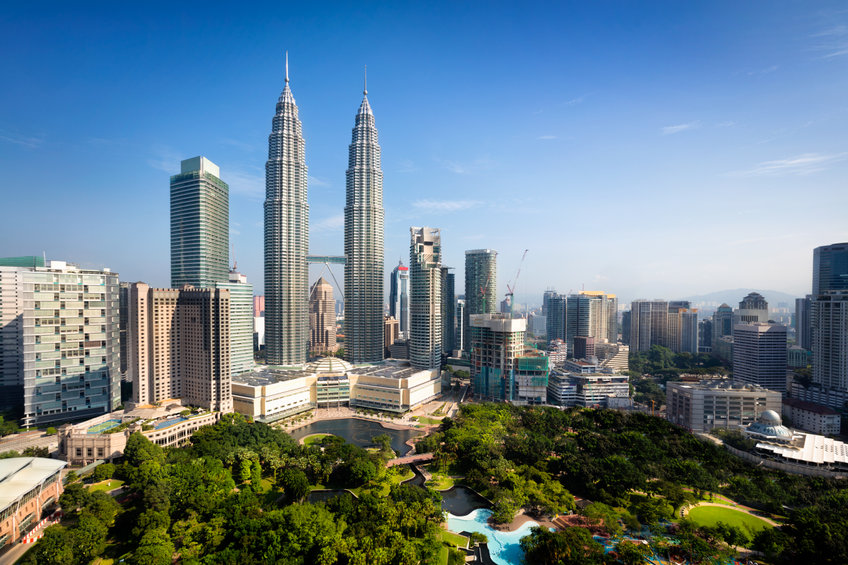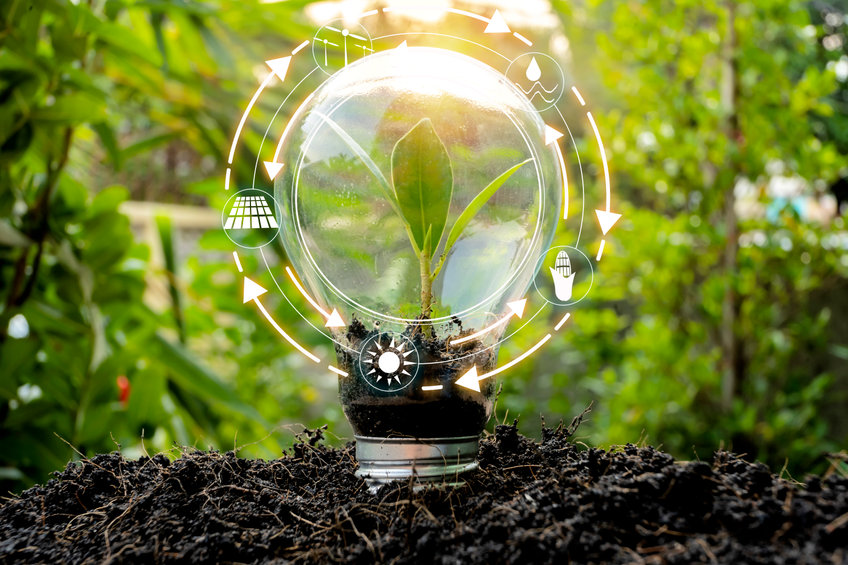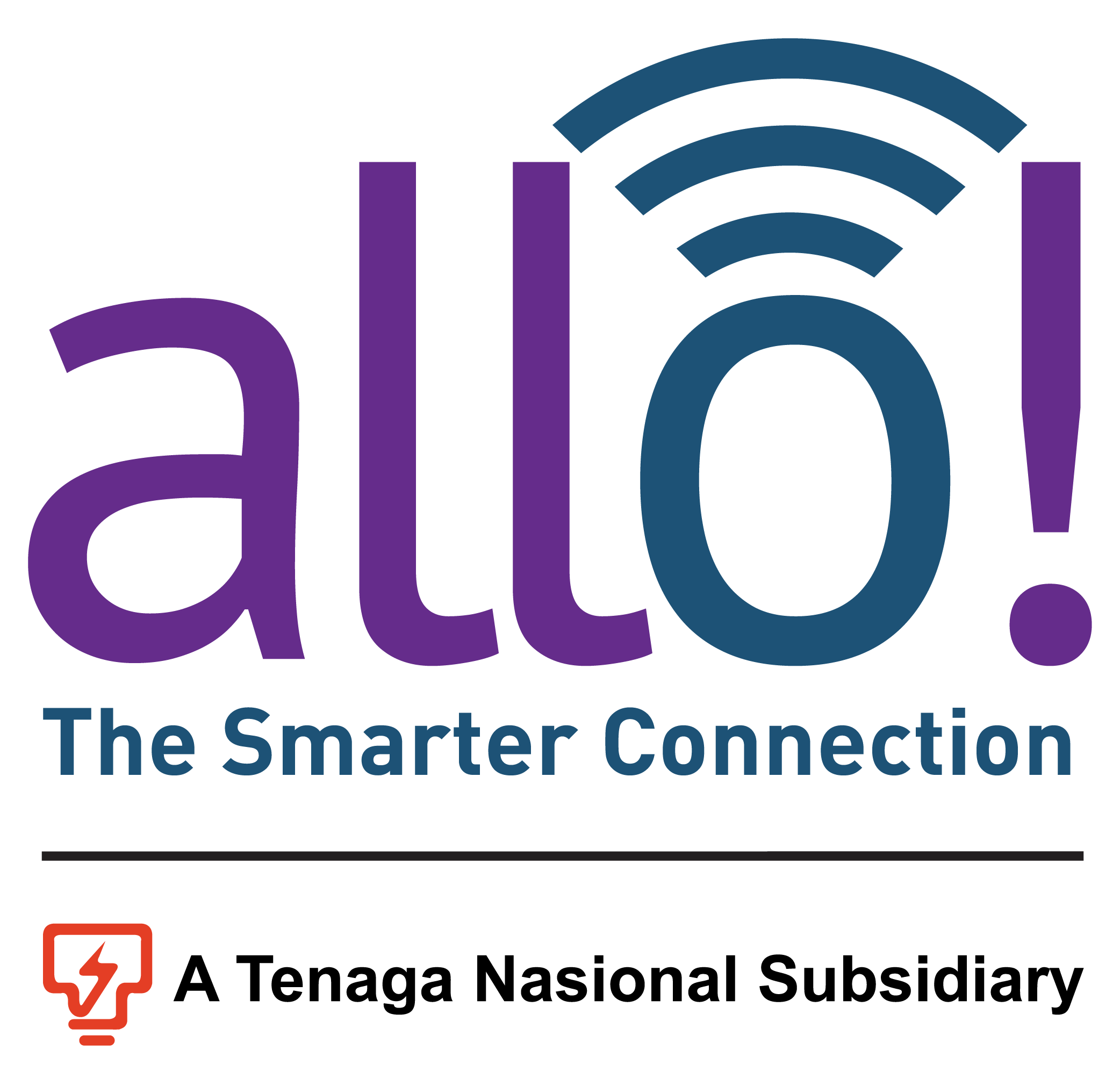BLOG
The Internet of Trees: How Connectivity Can Help Greenify Our Cities

According to the 2019-20 Pew Research Centre’s International Science Survey, out of ten Malaysians, seven prioritise environmental protection over job opportunities and economic growth.
Such views are understandable given the country’s vulnerability to landslides, floods, and other disasters over the last two decades.
In accordance, the government has been launching green initiatives over the past few years. One that’s receiving much attention, and with good reason, is greenifying urban areas such as Kuala Lumpur.
While greenery adds to the beauty of a city and provides a sense of calmness to people, it has a much bigger role. It helps combat the global public health challenges that urbanisation brings. These include high blood pressure, depression, and other maladies. Moreover, trees can capture pollutants in the air and improve air quality.
As the efforts to increase green spaces in Malaysia continue, one question keeps popping up; What role can technology play in greenifying Malaysia’s urban areas such as Kuala Lumpur?

Smart Technology and Green Spaces
Across the globe, there’s a consensus that green spaces in urban areas are essential. However, the issue is determining how much green space is needed per capita and how to manage them. Moreover, despite the common knowledge that greenery is beneficial to human health, how this happens is still unclear.
This is where digital technology comes into play via smart urban forests. This is the concept of using 3D imagery, tree monitors, and other internet of things (IoT) devices to help manage forests. By incorporating internet connectivity into nature for monitoring purposes, it’s possible to:
- Measure air pollution
- Monitor soil health
- Ensure urban forests are well hydrated
With such capabilities, urban planners can determine the areas in need of more greenery and allocate the necessary resources early on.
However, the link between IoT and building more eco-friendly cities goes beyond monitoring green spaces. Other benefits and capabilities that connectivity offer in relation to a more sustainable environment include:
1. Helps Determine a Smart City's Sustainability Baseline and Monitor Progress
The commitment to becoming smarter and greener cities is unquestionable. However, as with other smart cities in the world, the primary challenge Malaysia faces is determining which areas to prioritise.
While having greater green space coverage is the goal, it needs to be strategic. Otherwise, the likelihood of investing in the wrong areas and wasting resources is high.
Instead, it’s more prudent for officials to invest in customised sensors. These will help determine the key problem areas, allowing the city to target them. Sensors also help monitor whether the residents are adopting green IoT-driven measures. This insight allows city officials to organise awareness campaigns targeting areas with low adoption.
2. Reduce Traffic Jams
Vehicles are an essential part of modern society. They facilitate the movement of millions of people and goods each day. However, they’re a significant contributor to carbon emissions, especially when you’re stuck in traffic.
With global warming an ever-increasing threat, curbing such emissions is essential. Cities can leverage IoT for traffic to ease jams.
This can be achieved by mounting sensors on traffic lights and other key points on roadways. These sensors will then track traffic flow and pinpoint when it reaches its peak. Then, combined with a big data platform, it’s possible to send notifications suggesting alternative routes to motorists to reduce backups.
Also, a key contributor to jams is people driving around in search of parking spots. IoT sensors will help with this as drivers can receive real-time information about available parking slots. Of course, accompanying this will be an app that can direct users to areas with more parking opportunities.
3. Improve Waste Management Techniques
Each day, Malaysia generates approximately 33,000 tons of waste, which is roughly 1.17 kilograms per person. Along with increased consumption, rapid urbanisation and improved living standards are key contributors.
One of the practical ways for smart cities to curb waste production and enhance management is by leveraging IoT technology. For example, sensors will allow crews to track recycling bin capacities so that they can empty them at the right time.
Moreover, it will be possible to track which areas generate the most waste and how the levels change on different days.
4. Reduce Usage of Resources
A key feature of environmental sustainability is using resources appropriately. Smart meters can help with this as they track energy consumption in homes.
More importantly, they provide insight into how energy consumption changes over time. This allows users to change their lifestyles to keep their utility costs manageable. As they do this, they’ll also be protecting the environment.
Quality Connectivity at the Heart of Green Initiatives
The internet of nature offers Malaysia a significant boost in its bid to become greener and more sustainable. However, there’s one factor that will significantly influence success; connectivity.
As the major cities transition into smart cities, dial-up internet will no longer suffice. One thing that makes smart cities and the internet of nature work is devices being connected at all times. Moreover, the internet connection must be reliable throughout.
In this regard, 5G technology will play a big role in unlocking the benefits of the internet of nature. Moreover, given the increased coverage, bandwidth, and speed 5G offers, it can support numerous devices simultaneously.
In support of 5G capabilities, small cells will also need to be deployed throughout the cities. Small cells enhance the supply of bandwidth and low latency connectivity in areas with network issues.
As such, the role of telecommunications providers is essential. They’ll need to invest and deploy the necessary infrastructure to support such connectivity needs.
But that’s not all. Telecom equipment providers and operators will also need to cooperate to harmonise management and deploy infrastructure efficiently.
Allo | Leading the Way in Connectivity
As efforts to greenify Malaysia gain momentum, addressing the issue of connectivity is vital. That’s where Allo comes into play. We offer reliable connectivity solutions to power the development of smart cities. Reach out to us today for all your internet connectivity needs.
